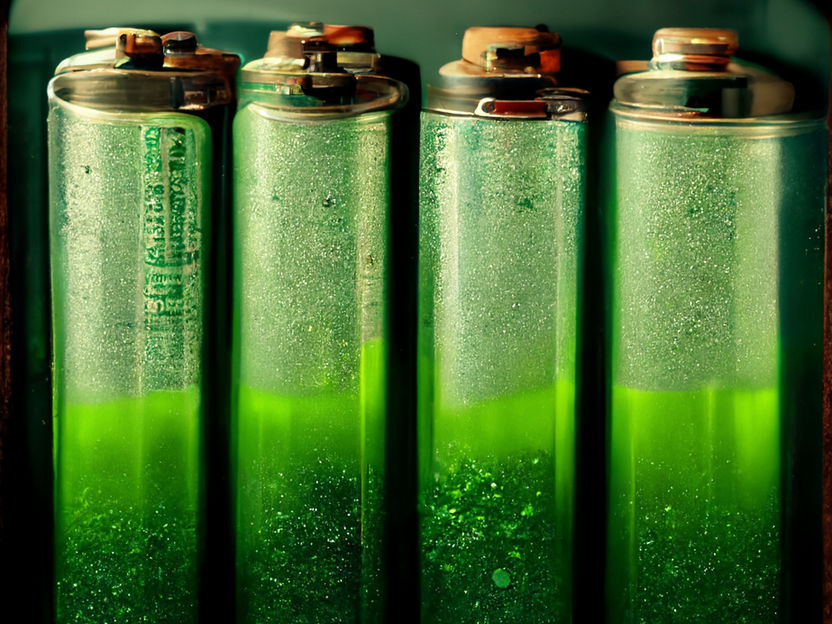VACUSOG
Fast and effective neutralisation of acid fumes
Fast - With its suction capacity of 120 l/min, the VACUSOG cleans and neutralizes acidic fumes
Effective - The 4-stage separation system removes even traces of SO2 and SO3 reliably
Independent - Free yourself of the need for a water supply


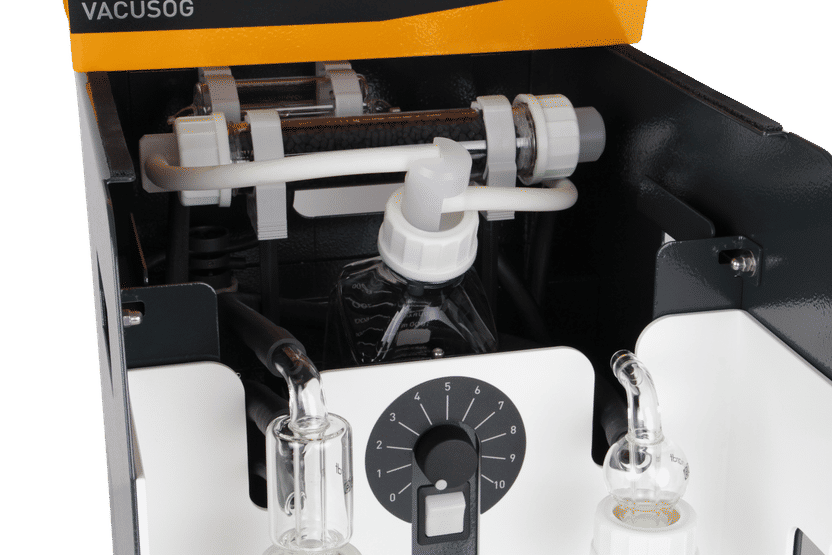
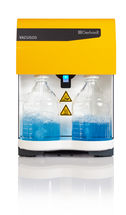
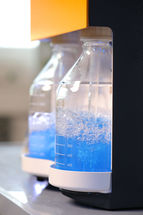
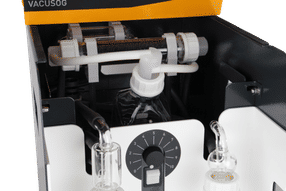
Say goodbye to corrosive, toxic fumes
Clean your exhaust air effectively in 4 stages
- Stage 1: Neutralization of acidic fumes
- Stage 2: Gas scrubbing
- Stage 3: Separation of the condensate by steam traps
- Stage 4: Absorption of the remaining residual gases by means of an alkaline-coated activated carbon filter
Adjustable rather than one-size-fits-all: to prevent your samples from drying out during digestion you can regulate the suction power by simply turning a knob.
Kjeldahl digestion from aqueous samples tends to push suction scrubbers to their limits. The optional additional cooling unit for the VACUSOG ensures efficient wet separation even with aqueous samples, thereby ensuring clean air in the lab.

1
Scrubber VACUSOG

2
Effective neutralisation of acid fumes

3
Easy operation and maintenance
Request information about VACUSOG now

Gas scrubbers: VACUSOG
Fast and effective neutralisation of acid fumes
Product classification VACUSOG
Product categories
Applications
Manufacturers of similar products
Find more gas scrubbers and related products
Find VACUSOG and related products in the theme worlds
Topic world Digestion
Sample digestion is a critical step in chemical analysis that often determines the success or failure of an investigation. It involves the targeted transformation and preparation of a sample to make the components of interest accessible for analysis. Various methods such as thermal, chemical or enzymatic digestion are used to dissolve matrix components, remove unwanted components and release target substances.
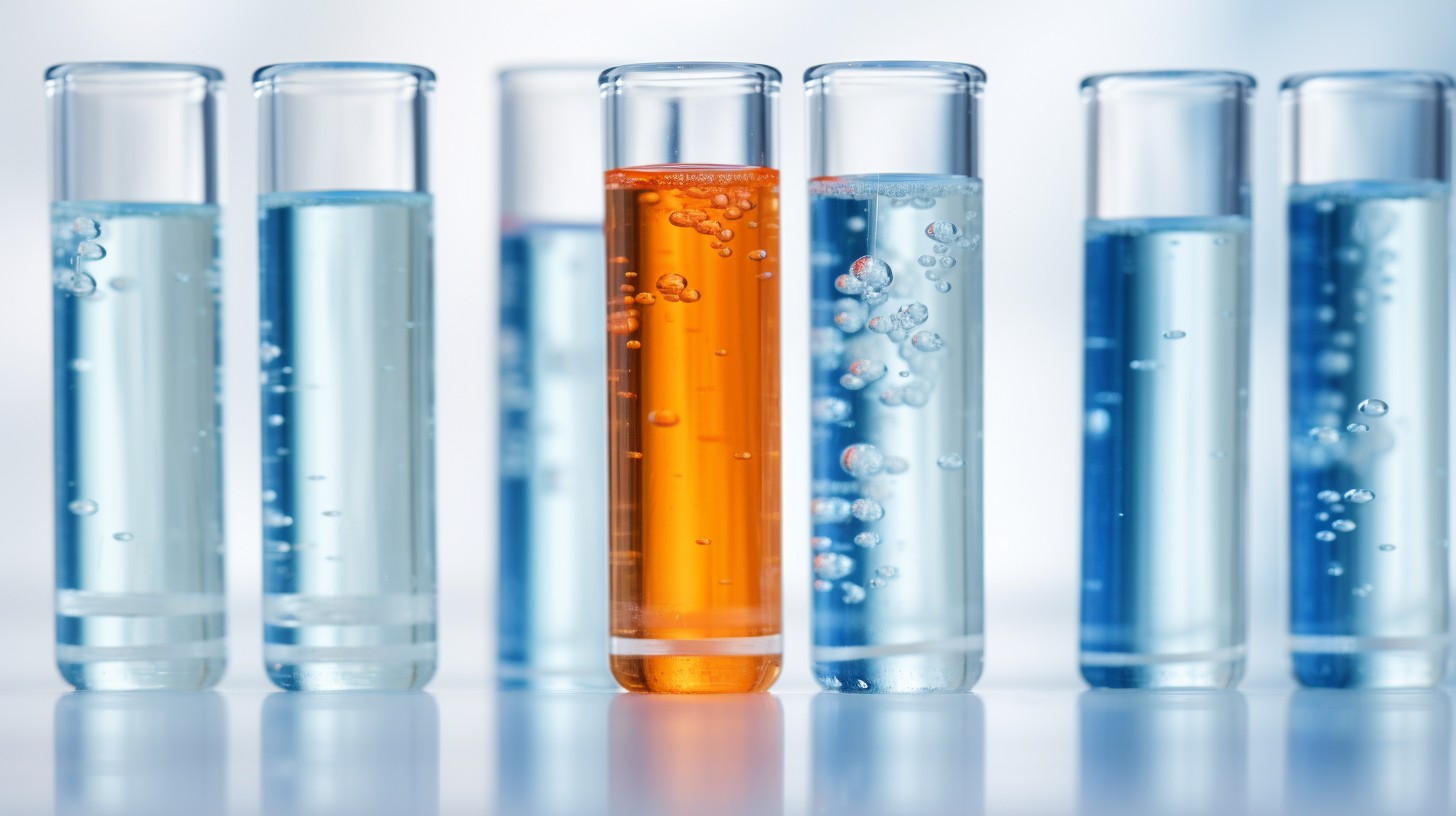
Topic world Digestion
Sample digestion is a critical step in chemical analysis that often determines the success or failure of an investigation. It involves the targeted transformation and preparation of a sample to make the components of interest accessible for analysis. Various methods such as thermal, chemical or enzymatic digestion are used to dissolve matrix components, remove unwanted components and release target substances.



